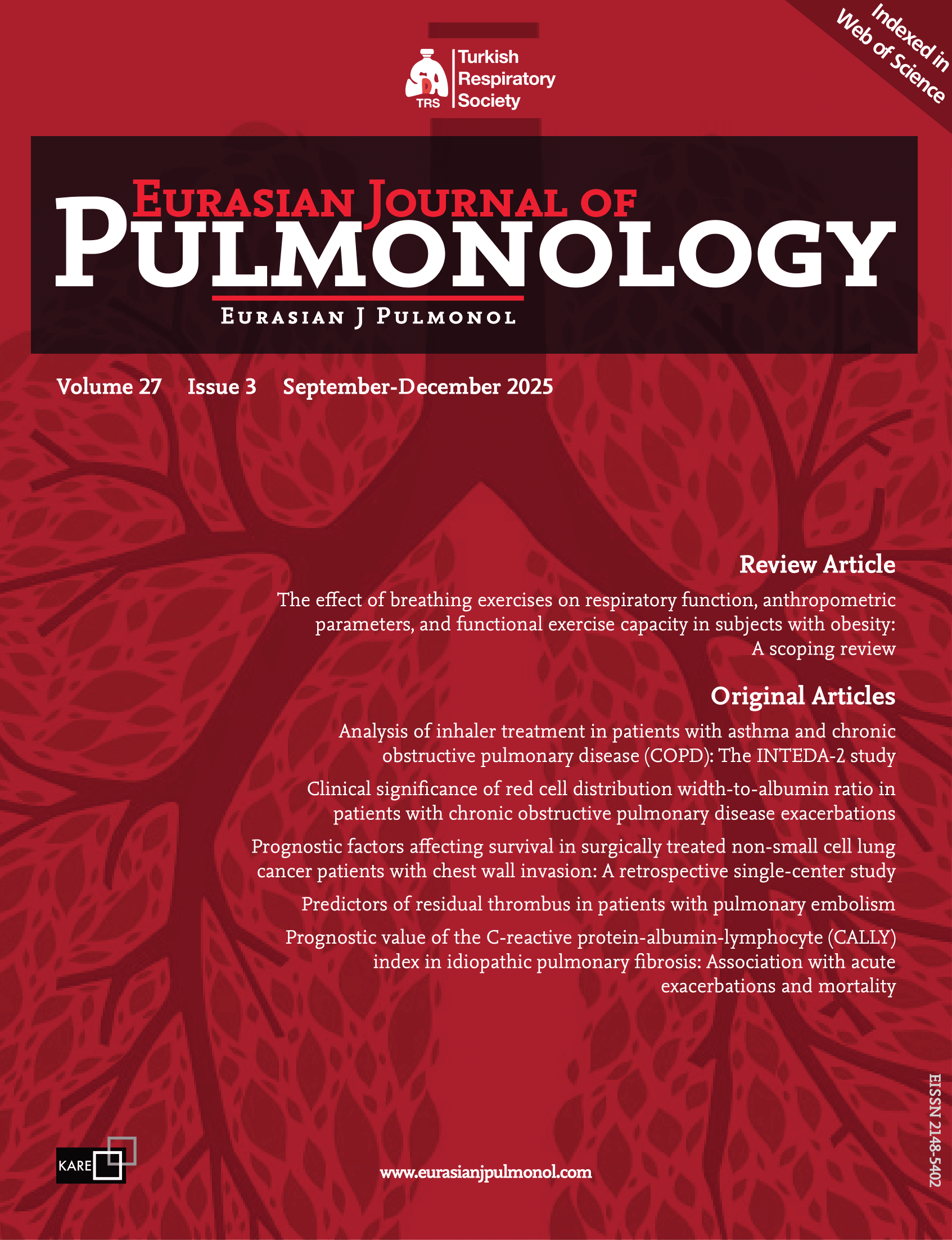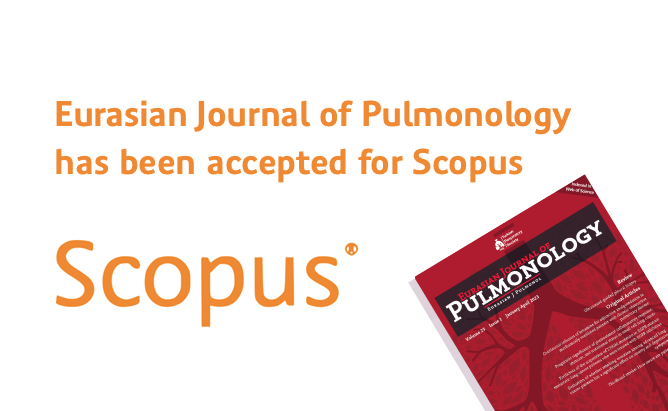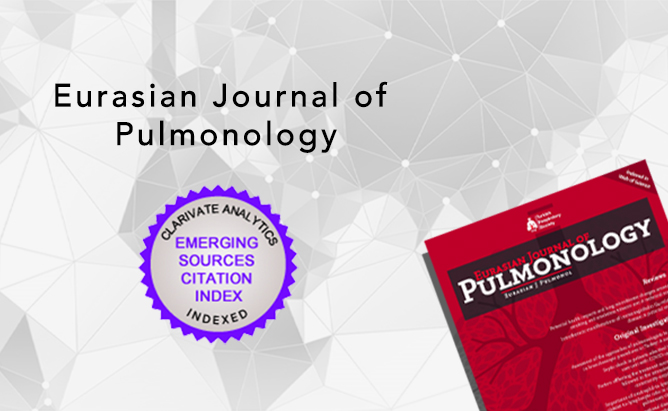2Department of Chest Diseases, University of Health Sciences, Samsun Training and Research Hospital, Samsun, Türkiye
33Department of Internal Medicine, Eskişehir City Hospital, Eskişehir, Türkiye
Abstract
BACKGROUND AND AIM: This study aimed to investigate the relationship between inorganic dust exposure and serum angiotensin-converting enzyme (ACE) levels.
METHODS: This cross-sectional study included 176 patients who applied to the outpatient clinic of occupational diseases. Serum ACE levels were compared between groups with and without inorganic dust exposure. Additionally, patients diagnosed with pneumoconiosis were analyzed in relation to serum ACE levels, pulmonary function test findings, work sector, task, occupation, duration of exposure, pneumoconiosis radiological classification, smoking habits, and obstructive airway disease.
RESULTS: A total of 137 cases (77.8%) had inorganic dust exposure. The mean serum ACE levels was higher in individuals with inorganic dust exposure than in those without exposure (35.65±16.40 U/L vs. 30.85±15.8 U/L, respectively), but the difference was not statistically significant (p=0.105). A negative correlation was observed between serum ACE levels and the forced
expiratory volume in one second/forced vital capacity (FEV1/FVC) ratio in the inorganic dust exposure group (p=0.009). Among individuals exposed to inorganic dust, 82 (59.9%) worked in the ceramic industry. Pneumoconiosis was diagnosed in 61 cases. Patients with pneumoconiosis had higher serum ACE levels compared to those without inorganic dust exposure, with a statistically significant difference (p=0.043).
CONCLUSIONS: Individuals exposed to dust in occupational settings exhibit elevated serum ACE levels.




 Bilge Akgündüz1
Bilge Akgündüz1 




